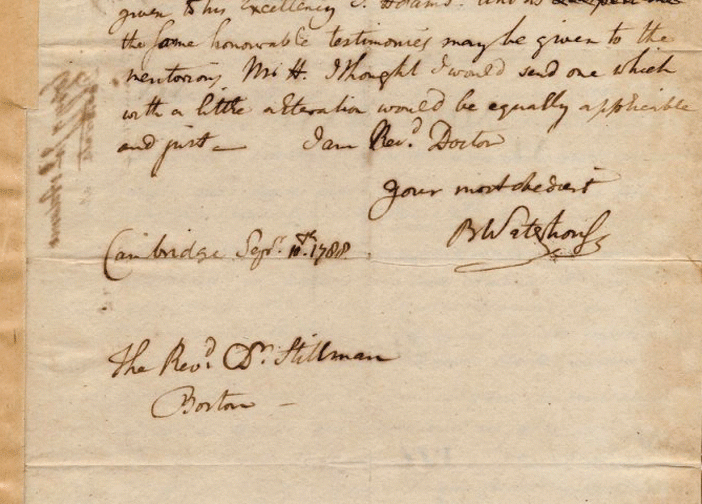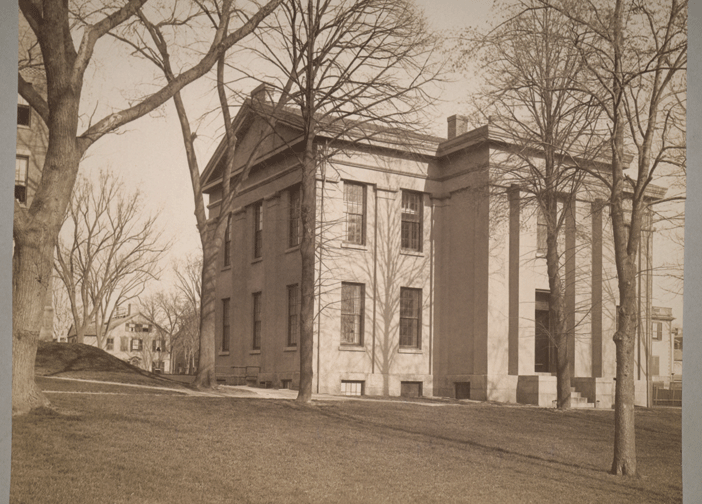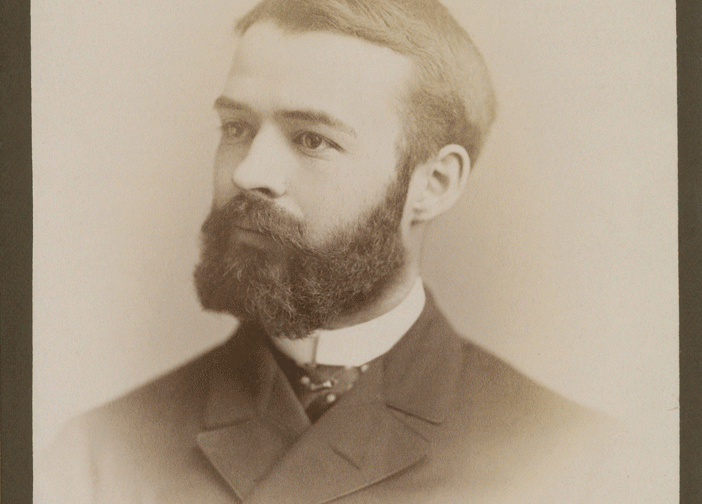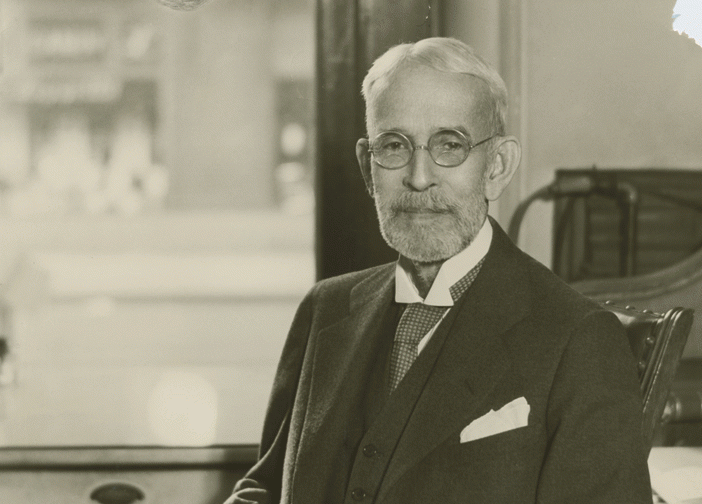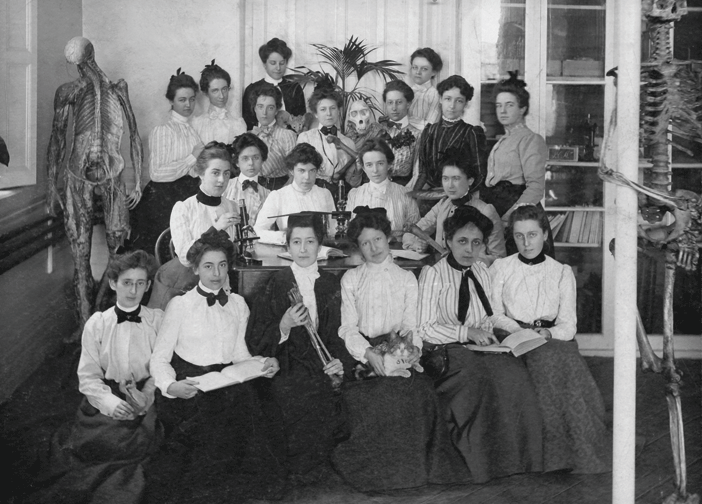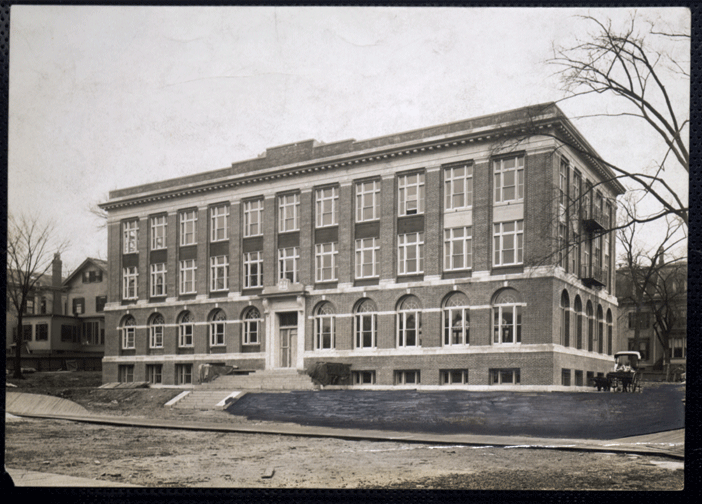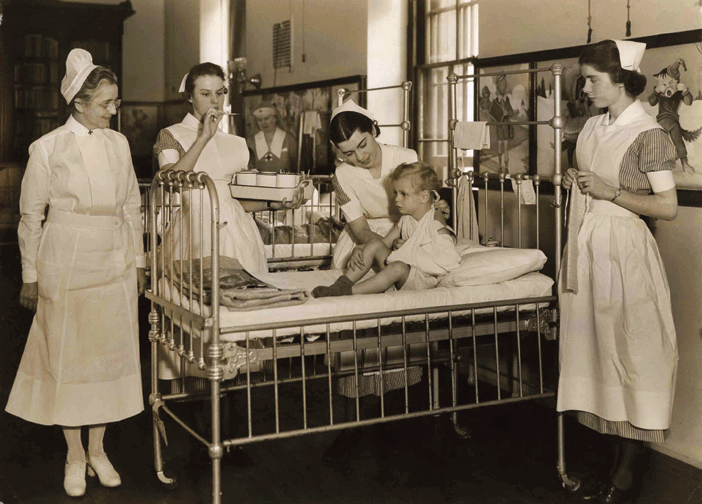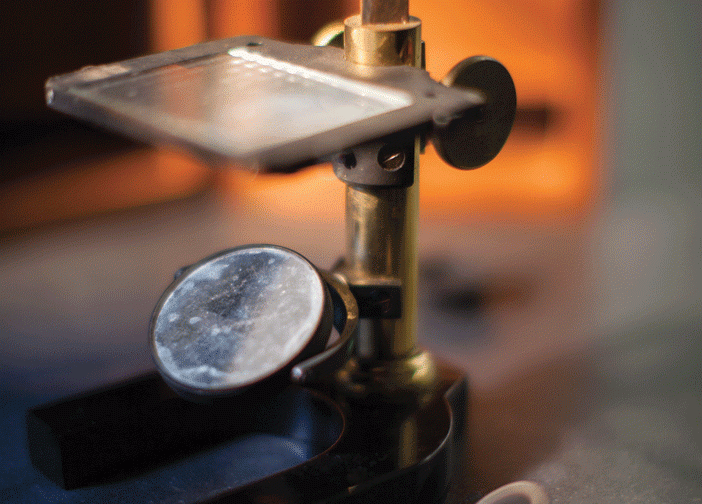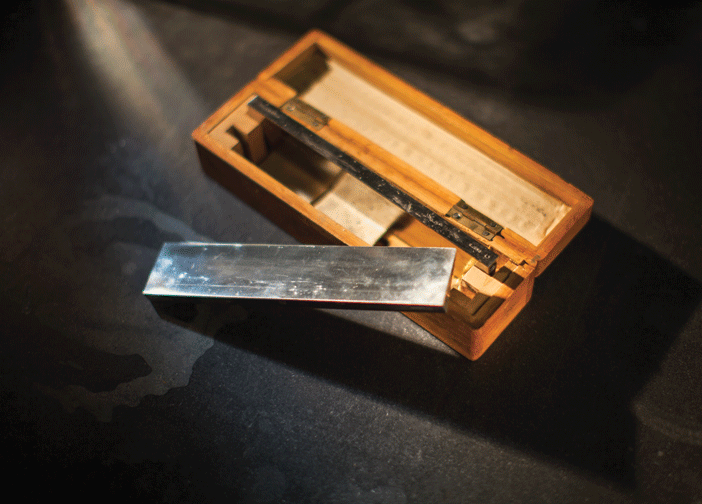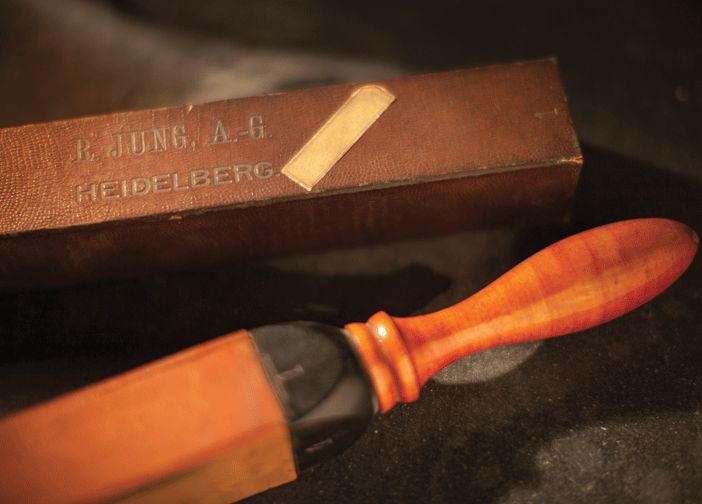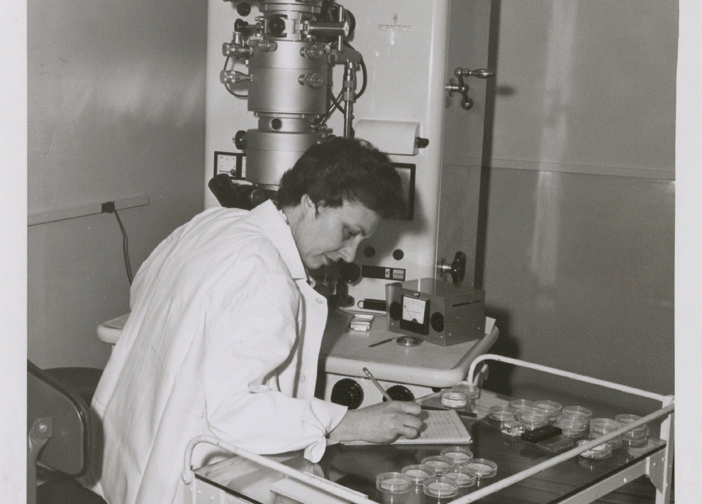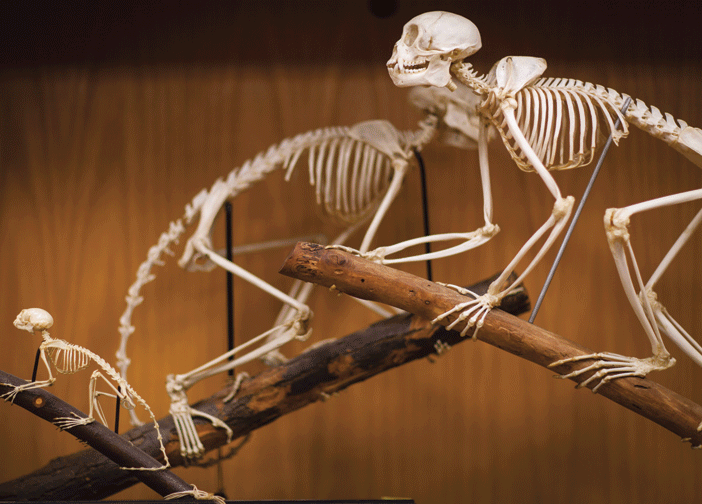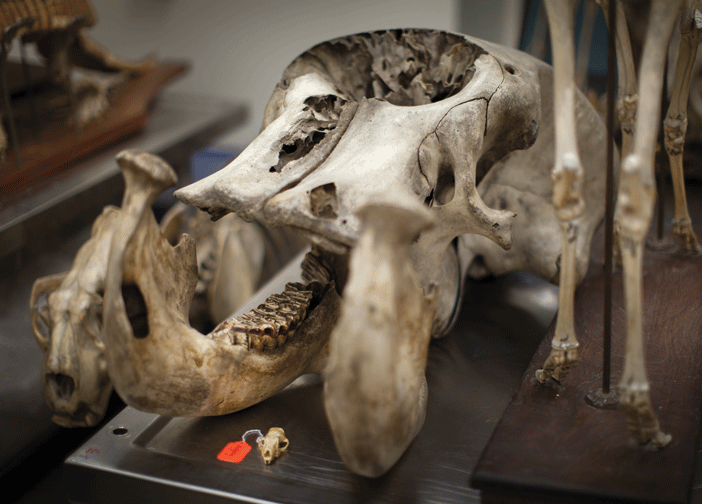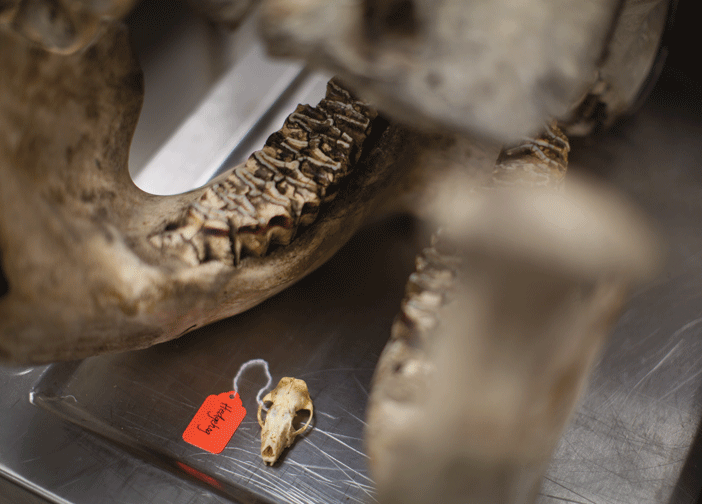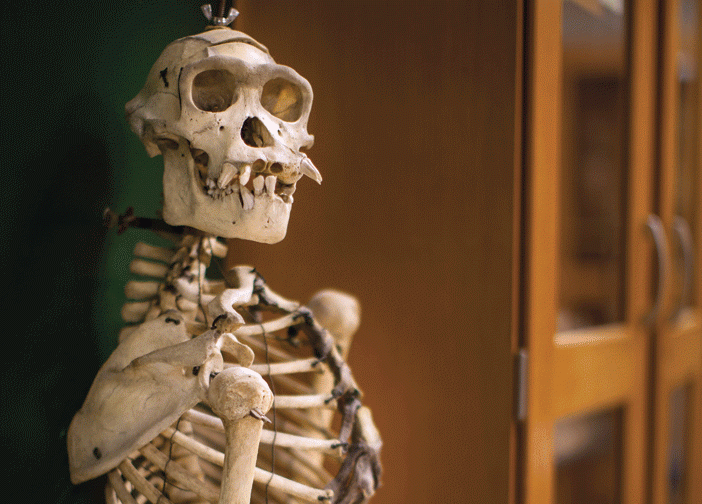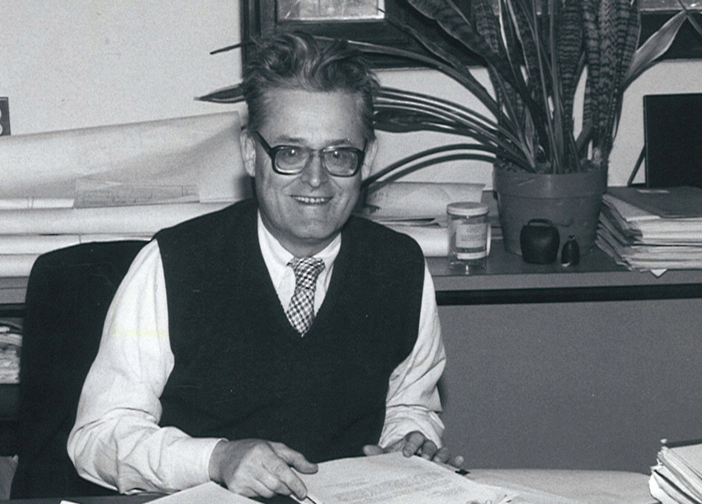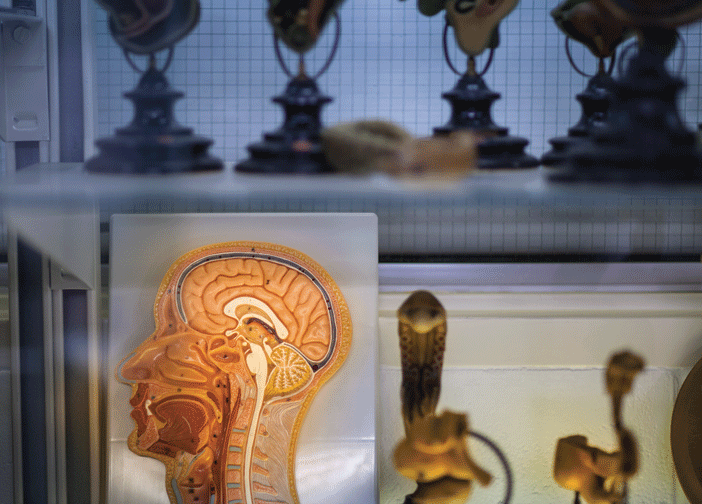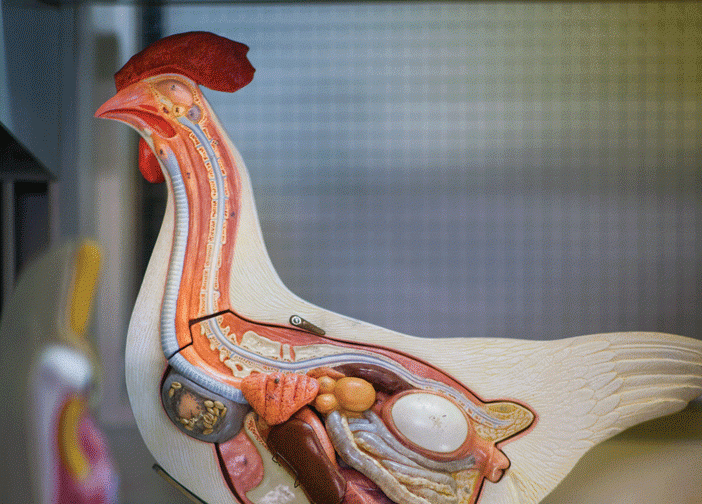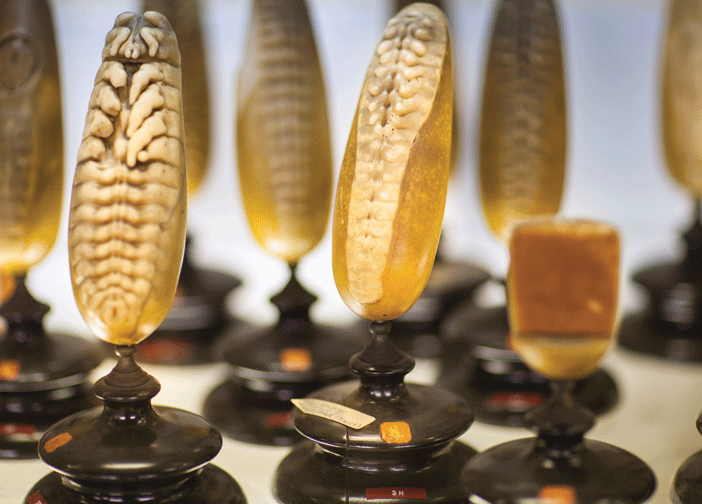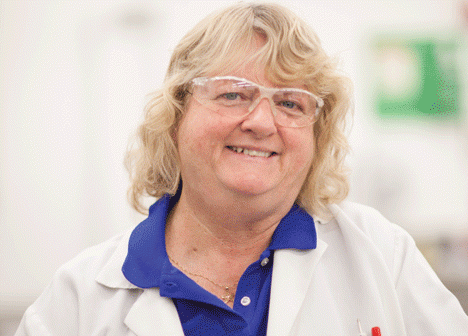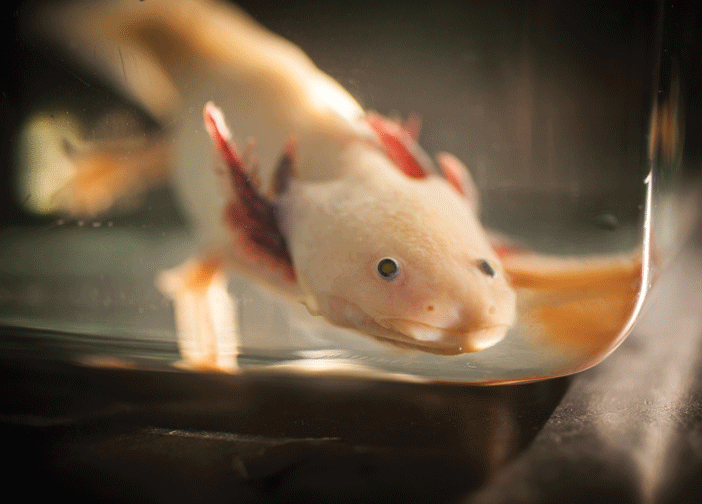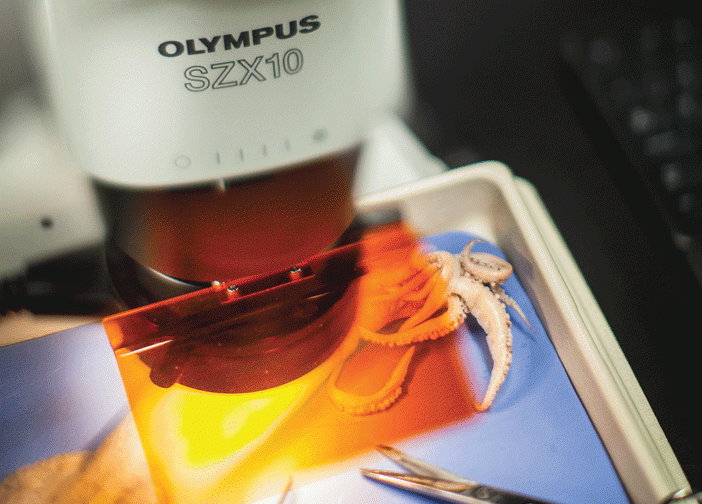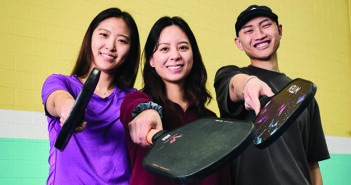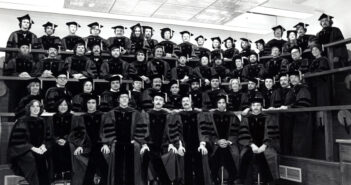Spelunking. That’s what Brown Medicine intern Josephine Benson ’17 called our trip down into the basement of the Bio-Medical Center (BMC). Overshadowed by the Sidney E. Frank Hall for Life Sciences, its younger, glitzier neighbor, and housing a hodgepodge of tenants now that the Medical School has its own home, the BMC still has an important place both in the history and the present of the life sciences at Brown. And much of that history lives in its dark and crowded basement.
Our visit was prompted by planning for the Day of Biology, on March 7, 2015. This is bio’s birthday bash, part of Brown’s 250th anniversary. There’s much to celebrate; even in Brown’s first 100 years, natural history and physiology played major roles, shaping both the sciences at the University and this fledgling country.
What’s amazing is how the past and the present collide in the BMC, as our tour guide, Kathy Patenaude, director of the Multidisciplinary Labs, revealed to us. “Want to see our museum?” she said, walking through the fluorescent-lit lab where her team preps reagents and samples for the day’s bio classes. This “museum” is a shelf within this room, which houses about 20 antique microscopes. They are gorgeous—and entirely out of place.
We scoured Martha Mitchell’s Encyclopedia Brunoniana, the Brown Library’s Digital Repository, the web-based history of biology and medicine that was created a few years ago . We consulted previous historical essays that have appeared in this magazine, and have links to them if you’d like to learn more.
This is a highlight reel, not a comprehensive history. It’s enough to give you a taste of the Division of Biology and Medicine’s storied past, with some delights and surprises along the way.
Links: Professor Herman Bumpus’s Sparrows, Benjamin Waterhouse: Smallpox in the New World

